Are you in search of a balanced approach to health and wellness, minus the extreme rigidity? Do you long for a challenge that understands life’s twists and turns, granting you the flexibility to stumble, rise, and continue stronger? If the words “soft 75 diet” resonate with you, welcome to a transformative 75 day soft challenge journey!
Our blog is here to unravel the secrets of the 75 Soft Challenge, tailored for those seeking a sustainable and nourishing path towards better health. Let’s navigate the realms of achievable goals, mindful nutrition, and a lifestyle that embraces progress over perfection. Join us as we explore the holistic essence of the 75 Soft Challenge, inviting you to embark on 75 days of meaningful change.
What Is the 75 Soft Challenge?

Have you heard of the 75 Soft Challenge? It’s a balanced and compassionate alternative to the intense 75 Hard Challenge popularized on TikTok. The brainchild of entrepreneur Andy Frisella, the 75 Hard Challenge was initially designed to cultivate mental resilience and discipline through a rigorous 75-day routine.
However, some individuals found the 75 Hard Challenge too intense, potentially leading to unhealthy behaviors. This prompted the creation of the 75 Soft Challenge, offering a gentler path towards building positive habits.
Similar to its tougher counterpart, the 75 Soft Challenge involves adhering to a set of rules and guidelines for 75 consecutive days. These rules are designed to foster healthier habits without extreme measures or unnecessary restrictions.
75 Soft Diet: Rules
Focus on consuming a nutritious, well-balanced diet to fuel your body for success. Reserve alcohol for social occasions, promoting mindful consumption and a healthier approach to nutrition.
75 Soft Diet Challenge: Actions

Focus on consuming a nutritious, well-balanced diet to fuel your body for success. Reserve alcohol for social occasions, promoting mindful consumption and a healthier approach to nutrition.
Dedicate 45 minutes every day to physical exercise, nurturing your body and mind. Allow yourself at least one rest day per week to recover and rejuvenate, ensuring a sustainable fitness routine.
Prioritize hydration by drinking a minimum of 3 liters of water each day. Hydration is the foundation of well-being, supporting your body’s functions and promoting overall vitality.
Cultivate a reading habit by engaging with at least 10 pages of any book daily. This practice not only enhances your knowledge but also offers moments of relaxation and mental enrichment.
What Are The Differences Between The 75 Soft Diet And 75 Hard Diet Challenge?

The 75 Soft Diet and 75 Hard Diet Challenge offer distinct paths toward self-improvement, but they differ significantly in their approach and level of strictness. This table provides a clear overview of the key distinctions between the two challenges, helping you decide which one aligns better with your goals and preferences for self-improvement.
| Aspect | 75 Soft Challenge | 75 Hard Challenge |
| Approach to Health | Holistic, emphasizing well-being and consistency | Rigorous, extreme dedication to specific rules |
| Diet and Exercise Flexibility | Balanced diet, permits occasional alcohol | Strict diet, no alcohol, daily intense workouts |
| Handling Lapses | Allows occasional slip-ups, focuses on progress | Requires a restart for any deviation from rules |
| Accountability & Adaptability | Tailorable to individual lifestyles | Strict adherence to predefined rules |
75 Soft Diet Meal Plan Ideas
When designing a meal plan for the 75 Soft Diet Challenge, consider making choices that promote general well-being, balance, and sustainability. Here are some meal plan ideas for the 75 Soft Diet Challenge:
Breakfast:
1. Smoothie Bowl
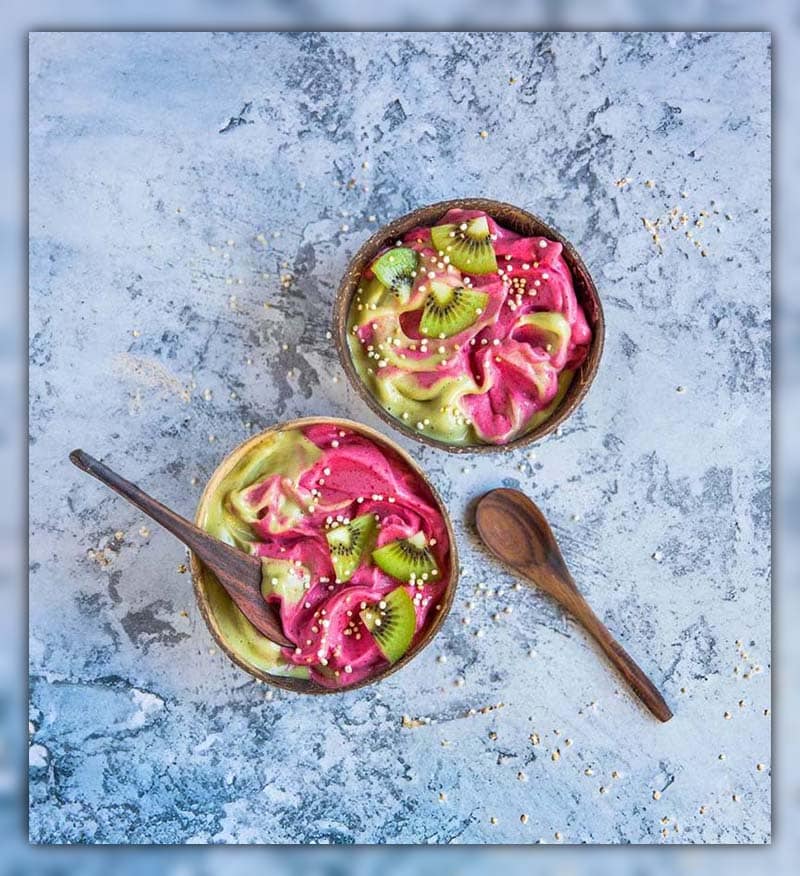
Blend bananas, mixed berries, almond milk, and a scoop of protein powder.
Top with granola, chia seeds, and a drizzle of honey.
2. Oatmeal Delight
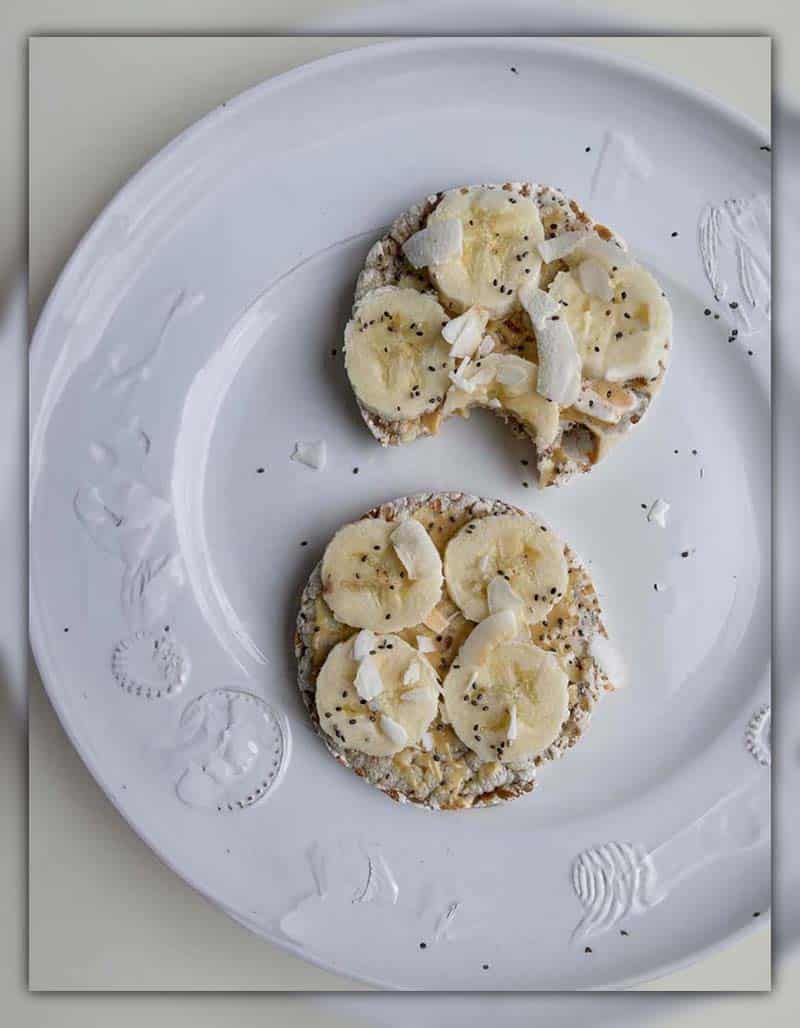
Prepare oatmeal with almond milk.
Mix in almond butter, sliced bananas, and a sprinkle of cinnamon.
3. Avocado Toast
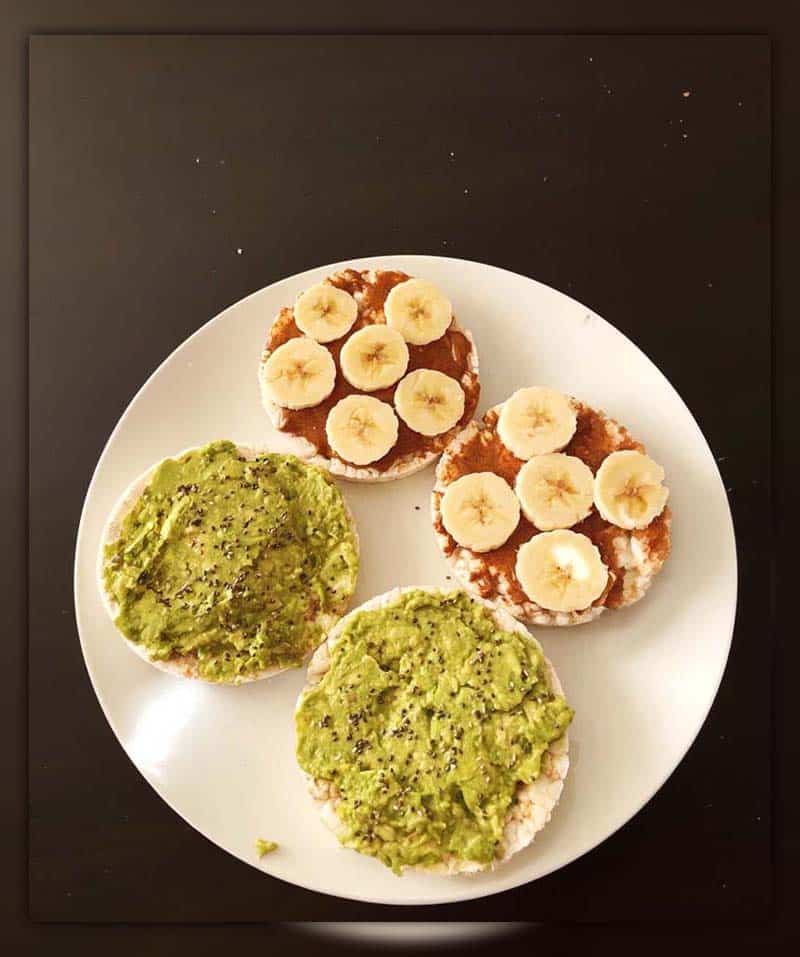
Whole grain toast topped with mashed avocado, cherry tomatoes, feta cheese, and a sprinkle of sesame seeds.
4. Protein-Packed Pancakes
Whole grain or almond flour pancakes topped with maple syrup, fresh berries, and a side of yogurt.
Lunch:
1. Quinoa Salad
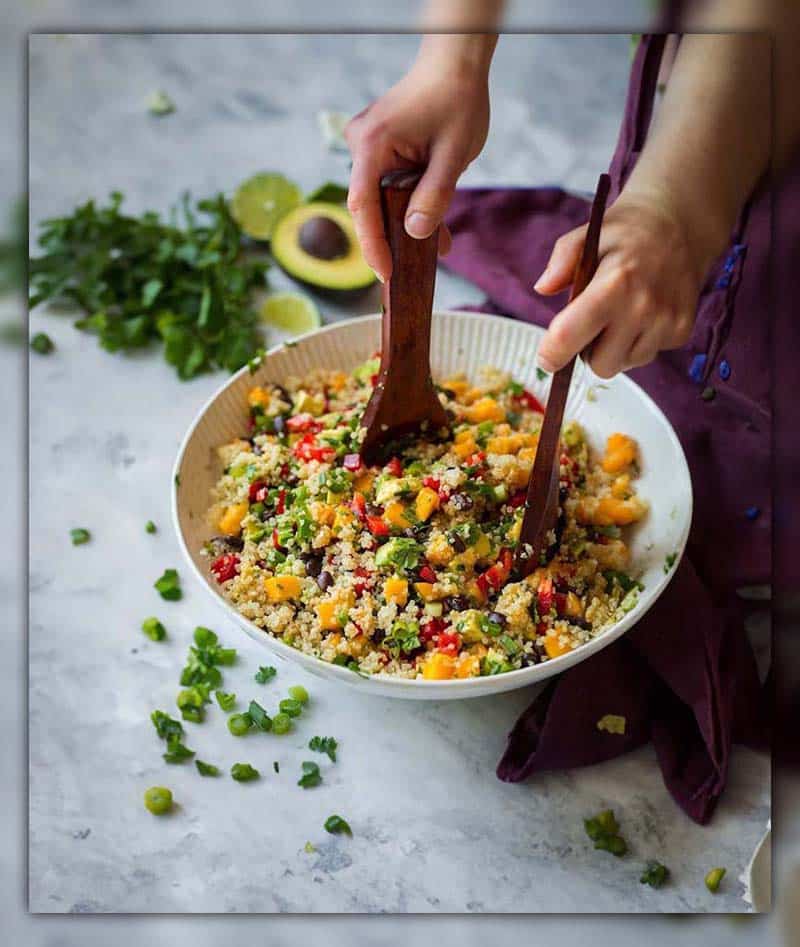
Mix cooked quinoa, roasted veggies, chickpeas, feta cheese, and a lemon-tahini dressing.
2. Wrap it Up!

Whole grain or spinach wrap filled with grilled chicken, lettuce, tomatoes, onions, and a light Caesar dressing.
3. Veggie Buddha Bowl
Brown rice, sautéed spinach, roasted sweet potatoes, tofu/tempeh, and avocado slices. Drizzle with a ginger-soy dressing are good for your 75 Soft Diet.
4. Homemade Veggie Pizza
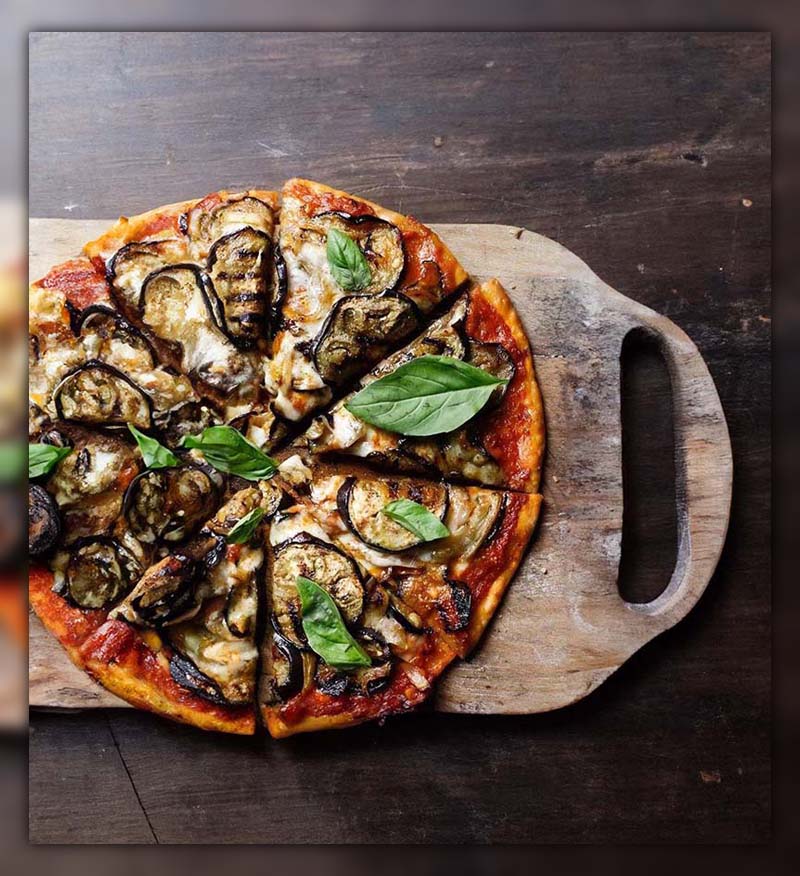
Whole grain crust, tomato sauce, part-skim mozzarella cheese, and a variety of vegetables.
Dinner:
1. Stir-fry Delight
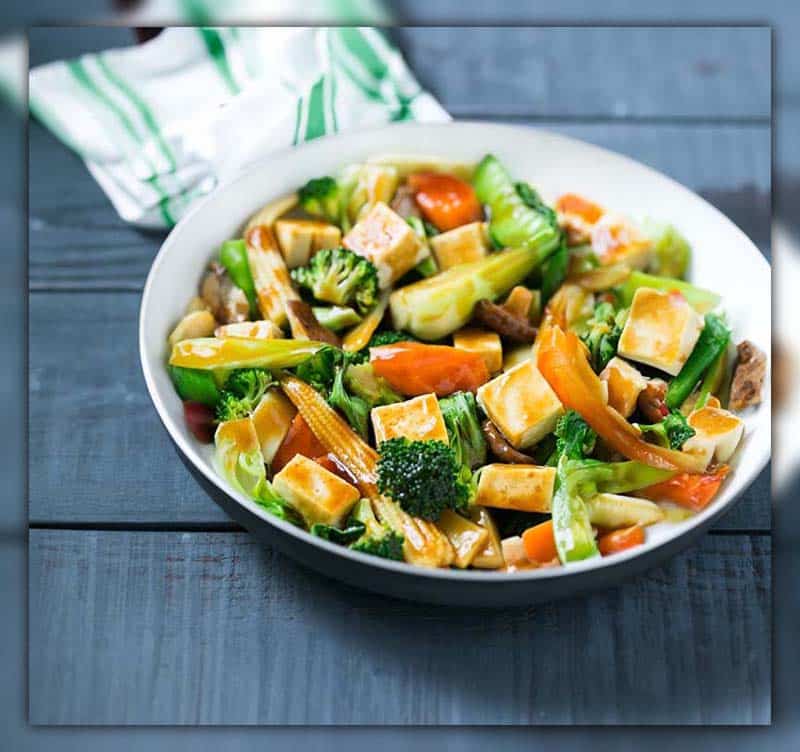
Sautéed mixed vegetables with tofu/chicken/shrimp, served with brown rice or noodles, and flavored with a soy-garlic sauce.
2. Hearty Lentil Soup
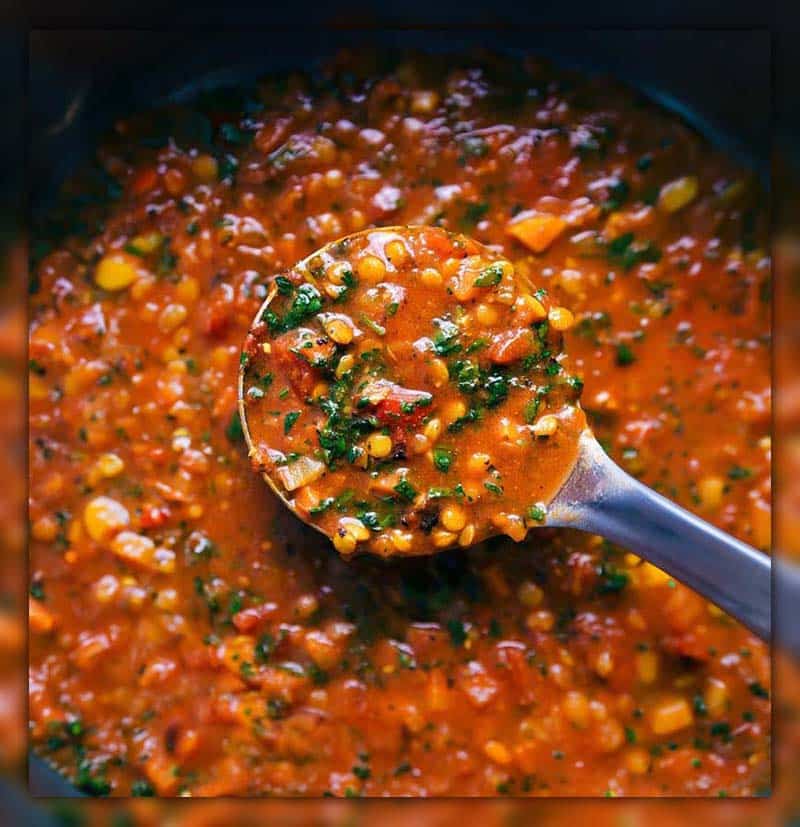
Lentils, carrots, onions, celery, tomatoes, and spices simmered together. Serve with a slice of whole grain bread.
3. Mediterranean Bowl
Couscous, grilled chicken or falafel, hummus, tabbouleh, and tzatziki sauce.
4. Spaghetti Squash Pasta

Roasted spaghetti squash mixed with a homemade tomato sauce, ground turkey or lentils, and topped with parmesan cheese.
Snacks:
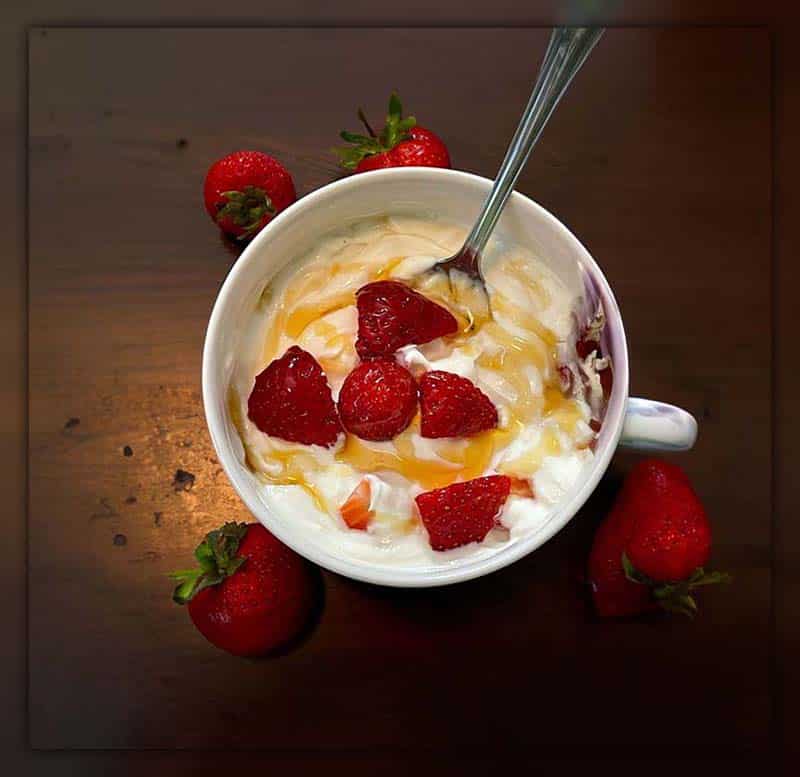
- Fresh fruit like apples, bananas, or berries.
- Mixed nuts or trail mix.
- Greek yogurt with a drizzle of honey.
- Hummus and veggie sticks.
- Dark chocolate and almond butter.
Final Thoughts
In the realm of health transformations, the 75 Soft Diet stands as a beacon of balance and adaptability. It’s about nourishing your body, mind, and soul with sustainable habits, not unattainable perfection. So, if you’re seeking a kinder, gentler path to wellness, dive into the world of the “soft 75 diet.”
Explore our blog for more insights into this transformative journey and a myriad of health-focused topics. Your path to a better you starts here with BodyfitNT. Keep exploring, keep growing!

Born on July 26, 1960, Professor Tim Olds is a leading authority in the field of health sciences, focusing on exercise science, nutrition, and well-being. As the Bradley Distinguished Professor at the University of South Australia, his research offers pivotal insights into the effects of physical activity, diet, and lifestyle on health outcomes for both men and women.
Having completed two PhDs, one in French Studies and the other in exercise science, Professor Olds has uniquely blended his academic background to explore the multifaceted connections between human behavior, physical fitness, and nutrition. His work in mathematical modeling of cycling performance, anthropometry, and trends in fitness and fatness has informed strategies for weight management and healthy living.
Professor Olds served as the Project Director for the Australian National Nutrition and Physical Activity Survey, examining how diet and physical activity influence health on a national scale. His work on the ADAPT Project, focusing on 3D anthropometry, further showcased his innovative approach to understanding human physicality.
With numerous influential publications, Professor Olds has contributed substantially to the public’s understanding of diet, weight loss, and personalized fitness strategies. His findings have been instrumental in shaping health policies and behavioral change programs aimed at improving individual and community wellness.
From exploring women’s health concerns to understanding men’s fitness needs, Professor Olds’s research transcends gender barriers and offers a comprehensive view of the role of exercise and nutrition in enhancing life quality. His enduring commitment to health education and advocacy continues to inspire people to make informed decisions for a balanced and healthy life.
Professor Tim Olds’s trailblazing work stands as a vital resource for anyone interested in embracing a healthier lifestyle, understanding the science of physical activity, or pursuing effective strategies for diet and weight loss. His academic excellence and practical wisdom make him an essential voice in the ongoing conversation about health and well-being in the modern world.
PUBLISHED ARTICLES
- Olds, T. (2012). Evidence for a Sugars-to-Mental Health Pipeline. Atherosclerosis Supplements, 13(4), 29-30.
- Olds, T., Maher, C., & Zumin, S. (2011). The evolution of screen time: What’s next? Journal of Physical Activity and Health, 8(2), 236-244.
- Olds, T., Ferrar, K., Schranz, N., & Maher, C. (2013). Obese adolescents are less active than their normal‐weight peers, but wherein lies the difference? Journal of Adolescent Health, 53(6), 768-774.
- Olds, T., Maher, C., & Matricciani, L. (2010). Sleep duration or bedtime? Exploring the relationship between sleep habits and weight status and activity patterns. Sleep, 33(12), 1576-1581.
- Olds, T., Ridley, K., & Dollman, J. (2006). Screenieboppers and extreme screenies: The place of screen time in the time budgets of 10–13 year‐old Australian children. Australian and New Zealand Journal of Public Health, 30(2), 137-142.
These published articles reflect Professor Tim Olds’ contributions to various aspects of physical activity, sedentary behavior, and health-related research. They provide insights into the intricate relationship between lifestyle choices and health outcomes

